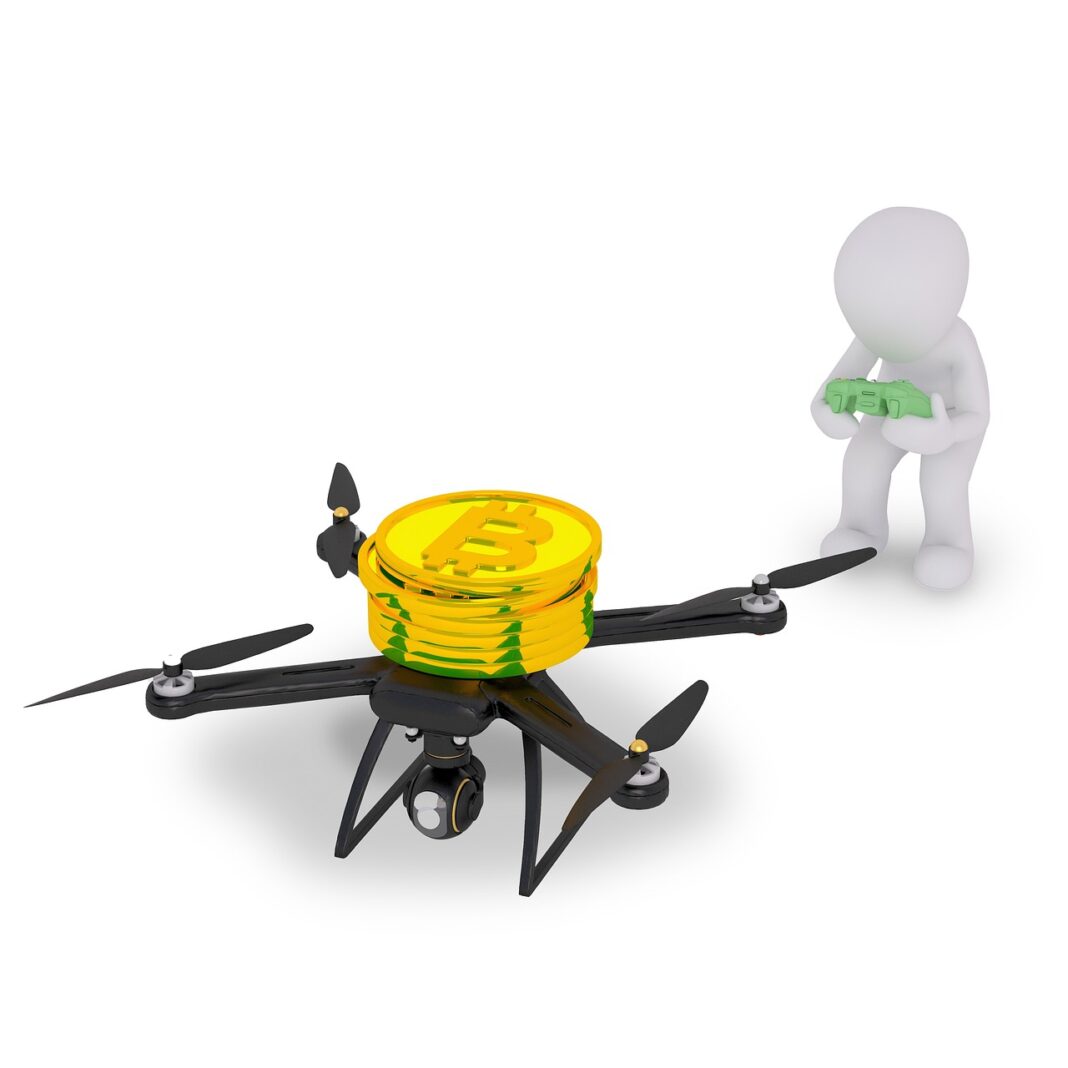Choosing the right cryptocurrency exchange is a crucial first step for anyone venturing into the world of digital assets. With a plethora of platforms available, each offering different features, fees, and security protocols, the decision can feel overwhelming. This guide will break down the key factors to consider, helping you navigate the landscape and select the exchange that best fits your needs and investment goals.
Assessing Your Needs Before Choosing a Crypto Exchange
Defining Your Investment Goals
Before even looking at specific exchanges, clarify your objectives. What do you hope to achieve with cryptocurrency?
- Long-term investment (Hodling): If you plan to buy and hold coins for the long haul, prioritize security and storage options.
- Day trading: If you’re interested in actively trading to capitalize on short-term price fluctuations, focus on exchanges with low fees, high liquidity, and advanced trading tools.
- Diversification: Seeking to build a diversified portfolio? Look for exchanges offering a wide range of cryptocurrencies.
Evaluating Your Experience Level
Are you a complete beginner or an experienced trader? Different exchanges cater to different skill levels.
- Beginner-friendly platforms: These typically have simpler interfaces, educational resources, and straightforward buying/selling options. Examples include Coinbase (though be aware of higher fees compared to other options).
- Advanced trading platforms: These offer features like margin trading, limit orders, stop-loss orders, and more sophisticated charting tools. Examples include Binance, Kraken, and KuCoin.
Evaluating Security Measures of Crypto Exchanges
Two-Factor Authentication (2FA)
Ensure the exchange offers and enforces 2FA, preferably using an authenticator app (like Google Authenticator or Authy) rather than SMS-based 2FA, which is more vulnerable to SIM swapping. 2FA adds an extra layer of security, requiring a second verification code in addition to your password.
Cold Storage and Hot Wallets
Understand how the exchange stores its funds.
- Cold Storage: Offline storage of cryptocurrency, significantly reducing the risk of theft through hacking. Look for exchanges that keep a substantial portion of their assets in cold storage. A reputable exchange will detail their storage practices.
- Hot Wallets: Online wallets used for quick transactions. While convenient, they are more vulnerable to attacks. Reputable exchanges minimize the amount of crypto held in hot wallets.
Insurance Coverage
Some exchanges offer insurance to protect users’ funds in case of a security breach. Research the extent and conditions of the insurance policy. For example, Coinbase offers insurance coverage for funds held in their online storage.
Past Security Breaches
Research the exchange’s history of security breaches. While no exchange is completely immune, those with a history of breaches should be approached with caution.
Understanding Fees and Costs
Trading Fees
These are charged each time you buy or sell cryptocurrency.
- Maker/Taker Fees: Many exchanges use a maker/taker fee model. Makers provide liquidity by placing limit orders that are not immediately filled. Takers remove liquidity by placing market orders that are instantly filled. Maker fees are often lower than taker fees.
- Tiered Fee Structures: Many exchanges offer tiered fee structures based on trading volume. The more you trade, the lower your fees.
- Example: Binance’s fee structure is tiered based on your 30-day trading volume and BNB holdings (Binance’s native token).
Deposit and Withdrawal Fees
Check the fees associated with depositing and withdrawing funds, both cryptocurrency and fiat currencies (like USD or EUR).
- Cryptocurrency Withdrawal Fees: These fees vary depending on the network congestion and the cryptocurrency being withdrawn.
- Fiat Deposit and Withdrawal Fees: These fees may depend on the payment method (e.g., bank transfer, credit card). Credit card deposits often incur higher fees.
Other Potential Costs
Be aware of other potential costs, such as inactivity fees (if you don’t use your account for a prolonged period) or fees for advanced trading features.
Evaluating Supported Cryptocurrencies and Payment Methods
Range of Cryptocurrencies
Does the exchange offer the cryptocurrencies you are interested in trading? Not all exchanges list all coins. If you’re looking to trade less common altcoins, you’ll need to find an exchange that supports them.
Fiat Currency Support
Does the exchange allow you to deposit and withdraw fiat currencies? If so, which ones? If you plan to use fiat currencies, ensure the exchange supports your local currency. Some exchanges only offer crypto-to-crypto trading.
Payment Methods
What payment methods are accepted? Common options include bank transfers, credit/debit cards, and crypto deposits. Choose an exchange that supports your preferred payment method.
Assessing User Experience and Customer Support
Ease of Use
The exchange should be easy to navigate, even for beginners. Look for a clear and intuitive interface. Many exchanges offer demo accounts or tutorials to help you get started.
Mobile App Availability
Does the exchange have a mobile app? If so, is it well-designed and functional? A mobile app allows you to trade and manage your portfolio on the go.
Customer Support Channels
What customer support channels are available? Look for exchanges that offer multiple support channels, such as email, live chat, and phone support. Test the responsiveness of the customer support team before committing to the exchange.
Response Time and Quality
Read reviews and check forums to get an idea of the exchange’s customer support response time and quality. A responsive and helpful customer support team is crucial in case you encounter any issues.
Conclusion
Choosing the right cryptocurrency exchange requires careful consideration of your individual needs, risk tolerance, and investment goals. By thoroughly evaluating security measures, fees, supported cryptocurrencies, user experience, and customer support, you can make an informed decision and select a platform that provides a safe and reliable environment for your crypto journey. Remember to always prioritize security and diversify your holdings across multiple exchanges if possible to mitigate risk.




